Retailers spend billions on digital ads, yet many still can’t tell if those ads drive in-store sales. With siloed systems and scattered data, most miss the chance to improve how they spend. Only 32% have unified online and offline data—and fewer than 3% actually use it to adjust their marketing.
In this article, we’ll explore practical ways to connect your online and offline data—like linking digital ads to in-store purchases—which is a unified commerce approach.
These strategies move you closer to true omnichannel marketing, a goal many retailers are working toward to stay competitive. You’ll be able to see what’s really driving results and make smarter decisions about your marketing spend.
Why does offline-to-online attribution matter?
Marketing attribution shows you which channels, ads, or promotions lead people to buy. Online stores use it to track clicks and sales, but brick-and-mortar locations often have no clear view of who’s coming in after seeing an ad.
If someone sees your Facebook ad on Monday, visits your site on Tuesday, then shops in your physical store on Friday, how can you tell which action sealed the deal?
Without offline-to-online attribution, brands:
- Waste money on channels that don’t really drive sales
- Miss out on boosting the ones that do work
- Lose track of how online campaigns lead to in-store visits
- Struggle to grow a data-driven culture that focuses on real results.
Let’s explore a few practical strategies that can help you bridge the gap between online engagement and in-store sales.
Also read:
How to Avoid Internal Sales Cannibalization Between Online & Offline
Step 1: Use in-store tracking technology
Goal: Connect your digital ads to in-store behavior so you can tie each sale back to real shoppers.
To do this, you need stronger in-store tracking tech for effective data collection. These tools measure foot traffic, dwell time, and other product interactions. They also power retail AI and machine learning insights. Here are a few popular options:
Beacons

Beacons are small Bluetooth devices placed around your store. When a shopper with your store’s app and Bluetooth enabled walks nearby, the beacon sends a signal to their phone.
Pros: Cheap, easy to set up, and good for sending location-based offers, tracking movement, and understanding which areas of the store get the most attention.
Cons: Only works if shoppers have your app and keep Bluetooth on.
Ultra-wideband (UWB)
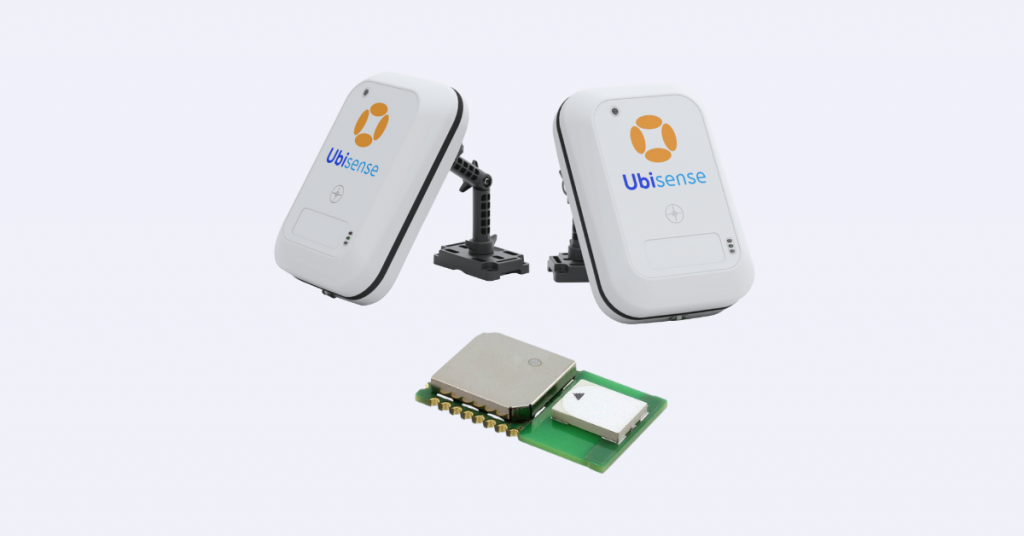
UWB uses radio signals and special sensors to track the exact location of tagged items or devices down to the centimeter.
Pros: Offers extremely precise tracking, useful for understanding where shoppers go and which areas and items get the most attention.
Cons: Expensive to install and maintain, better suited for larger stores and operations.
Computer vision & Wi-Fi analytics
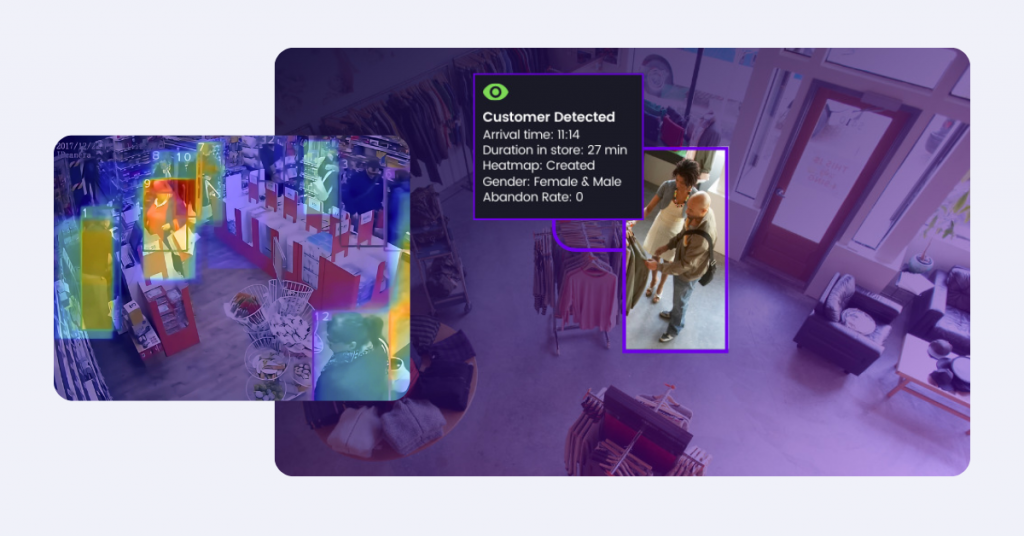
Computer vision uses AI-powered cameras to track things like age group, gender, and where shoppers spend time. Wi-Fi analytics detect smartphones searching for a Wi-Fi signal to estimate traffic and dwell time.
Pros: Doesn’t require a mobile app and gives broad insights about in-store traffic and behavior.
Cons: Raises privacy concerns and requires more advanced data processing to analyze video and Wi-Fi data into useful shopper insights.
RFID & IoT sensors

RFID tags are placed on products or shopping carts. Sensors pick up signals from the tags to track where items go and how shoppers interact with them.
Pros: Helps with inventory tracking, product engagement insights, and speeds up checkout by detecting items without manual scanning.
Cons: Can be pricey to tag everything and train staff.
NFC (Near-Field Communication)
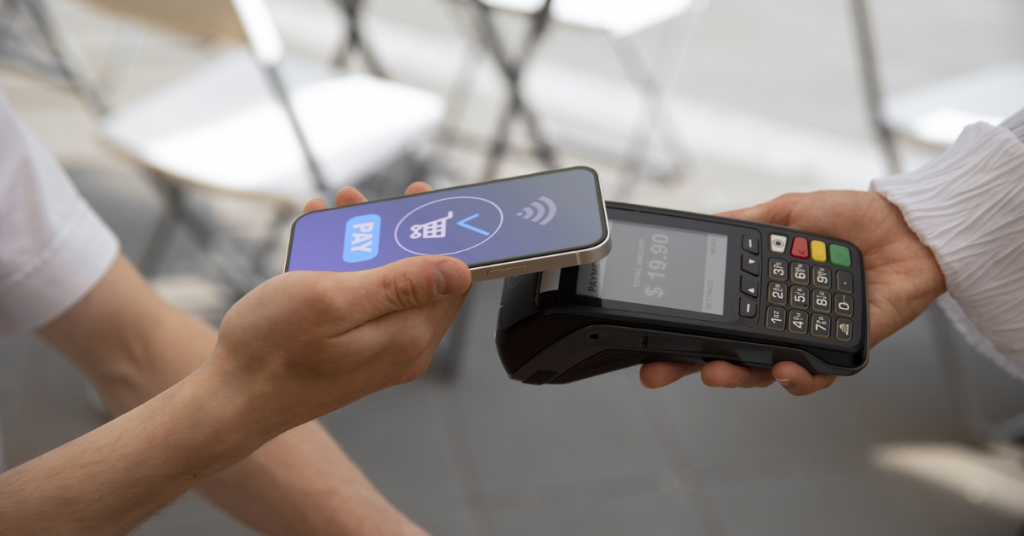
NFC lets shoppers tap their smartphones or cards at specific points—usually contactless payment stations or promotional displays.
Pros: Enables fast, contactless payments and can trigger targeted offers when a tap occurs.
Cons: Limited range and not suitable for tracking movement throughout the store.
How to choose?
You don’t need all of these tech solutions. Start by thinking about your store layout, your customers’ behavior, and what data you actually need.
A mix of low-cost options like Wi-Fi analytics and beacons may be enough for many retailers. If your store has complex layouts, or you want deeper behavior insights, consider layering in computer vision or RFID. Remember that the goal here is to get the right level of insight to connect your digital ads to in-store actions and see what’s really driving results.
Step 2: Incentivize mobile app use in store
Goal: Collect deeper data and keep a steady online-to-offline link for every shopper.
A mobile app is a powerful tool when people use it while they shop in-store. It can track each customer’s actions in real time, send personalized alerts, and tie purchases to loyalty programs.
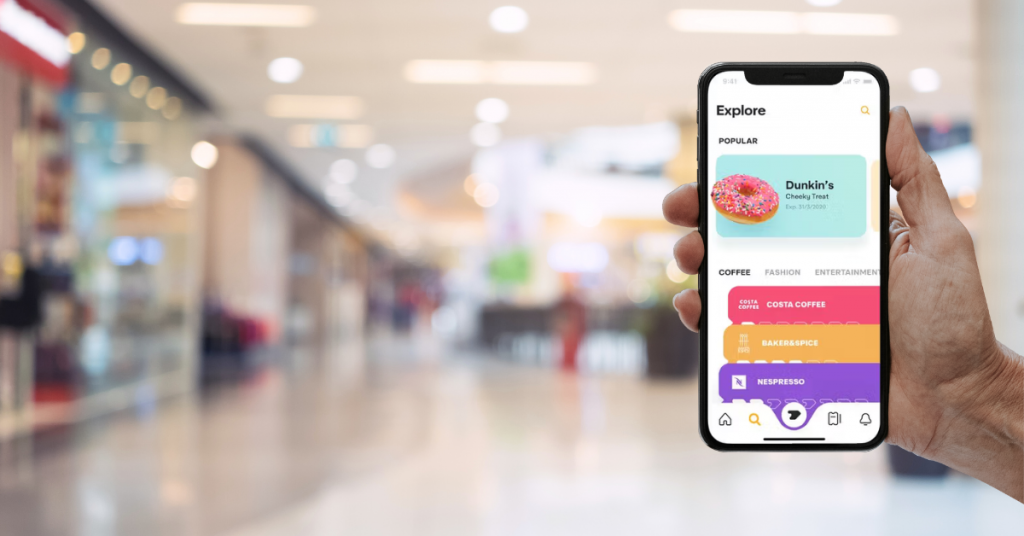
But how do you get shoppers to open your app? Try these ideas:
- Offer exclusive app-only discounts or coupons that pop up when customers walk in or scan certain products
- Let them earn extra loyalty points by scanning items in the app—then redeem for rewards
- Virtual shopping lists make it easy for customers to plan their shopping online and check off items as they shop in-store
- Turn shopping into a game, like “Scan 5 new arrivals and win a mystery prize.”
When you incentivize regular mobile app usage in-store, you build a solid connection between each in-store purchase and online behavior (like browsing or clicking ads), besides enhancing customer loyalty.
That link is key for implementing multi-touch attribution and seeing how every touchpoint leads to a sale.
Also read:
Growing Online Sales for Brick-and-Mortar Stores
Step 3: Build a unified data foundation
Goal: Bring together all your POS, eCommerce, and mobile app data in one place.
Once you capture data in-store, you have to blend it with online data streams. Different formats and older systems can cause big headaches, so investing in a solid retail data foundation is key for making informed business decisions.
Data foundation software to consider
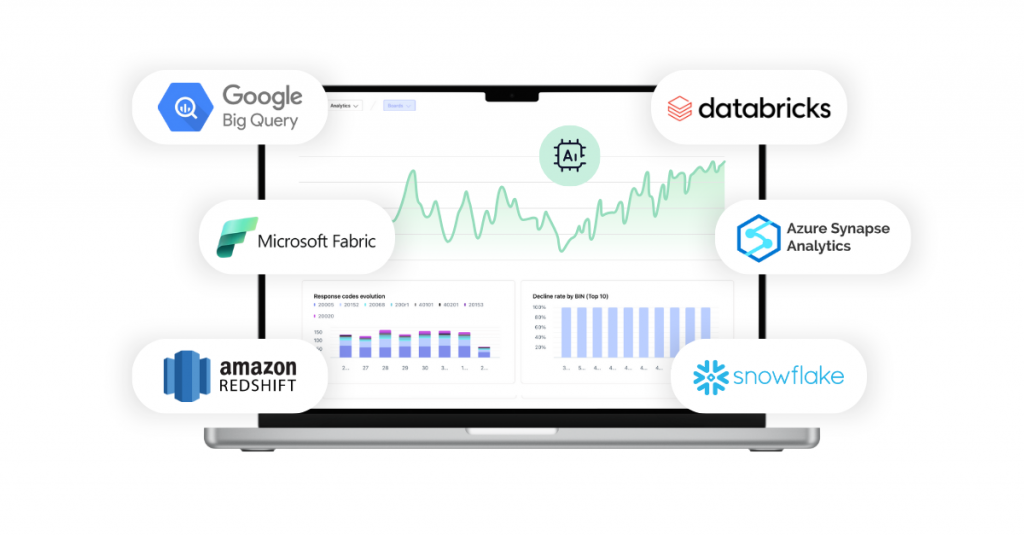
Here are a few software options you might consider for building a solid data foundation:
- Microsoft Fabric combines multiple data sources and uses AI-driven insights for retail marketing as your data scales
- Snowflake offers a cloud data warehouse that integrates many different types of data
- Databricks focuses on data engineering, machine learning tasks, and analytics
- Google BigQuery works seamlessly with Google Analytics for easier reporting.
Setting up a unified data foundation isn’t easy, especially with siloed systems and messy formats. Our Microsoft Fabric services help retailers handle the setup, connect systems, and clean up their data.
No matter which platform you use, the goal is clear: consistent, complete, and accurate data. With the right setup, you can run advanced attribution models and see every touchpoint—from first click to in-store purchase—all in one place.
Step 4: Make online to offline attribution work
Goal: Trace every step from online engagement to in-store conversion so you know which marketing channels truly drive revenue.
Many retailers still use last-click or first-click attribution. That can lead you to undervalue channels that influence a shopper days or weeks before they buy.
To get accurate, offline-to-online attribution, you need three things working together: a unified data foundation, multi-touch attribution models, and a Customer Data Platform (CDP). Each plays a role, but it’s the combination that gives you a clear, complete view of your customer journey.
Unified data foundation
Examples: Microsoft Fabric, Snowflake, Databricks, Google BigQuery
These platforms combine data from your stores, website, and marketing channels like ad clicks and email opens. With everything in one place, you can follow the full customer journey and use that information to make better decisions.
Multi-touch attribution tools
Examples: Rockerbox, Northbeam, Google Analytics (Advanced Features)
These tools show how each part of a customer’s journey contributes to a sale, whether it starts with an ad, an email, or a store visit. This helps you see which channels are actually working and where to adjust your spending.
Customer Data Platforms (CDPs)
Examples: Segment, Bloomreach, Adobe Real-Time CDP
CDPs collect data from every channel and create a single customer profile. This helps you understand how people interact with your brand and send them more relevant messages, both online and in-store.
Bringing it all together
When these parts work together, you see exactly how each Instagram ad or store visit adds to your bottom line. In other words, you’ll know what is helping you make money and what is not, making it easier to allocate budget where it truly matters.
Watch the webinar recording above to learn more about strategies brick-and-mortar retailers should use to grow offline and online sales.
Overcoming common hurdles
Even with a smart plan to unify your offline and online marketing, you might still face a few stumbling blocks. Here are the most common concerns and how to address them.
Privacy and compliance
Laws like GDPR in Europe and CCPA in California strictly protect customer data. Always get consent and be transparent about how you collect and use information. To reduce risks while still gaining insights, consider anonymizing or aggregating your data.
Legacy systems and siloed data
Many retailers depend on older POS or inventory systems that aren’t built for modern analytics. Start by linking these legacy systems through APIs or small custom integrations, then gradually develop a unified data foundation across your entire operation. Taking it slow helps you keep things running smoothly while you adapt to a new solution.
Internal alignment
Getting marketing, IT, and store operations on the same page can be a challenge. Create a cross-functional data steering committee to set shared goals, exchange ideas, and maintain momentum. When everyone has a voice, your offline-to-online transformation will stay on track and deliver results.
Why this investment pays off and where’s the ROI
We understand—you’re investing time and money in a new approach, but you want to see real benefits and clear ROI. Here are four reasons why this strategy pays off:
- You avoid wasting money on channels that look good in last-click reports but don’t actually drive conversions
- A unified data foundation lets you show more personalized product ideas, share local store inventory, and offer tailored deals, making your marketing campaigns more effective
- Better attribution keeps loyal shoppers coming back for more, instead of forcing you to chase new customers constantly
- A robust retail data foundation helps you expand into new channels (e.g. emerging social platforms or loyalty programs) without losing track of your data.
Conclusion and next steps
Optimizing marketing spend across offline and online takes real effort, but it pays off. By using in-store tracking, encouraging mobile app usage, bringing all your data together, and using the right attribution tools, you’ll finally link that digital ad view to a physical store purchase—and know which channels work best.
If you want to see real improvements in your marketing ROI, here are the next steps you can take:
- Select one store to test technology like beacons or UWB and measure the insights
- Create a promotion that encourages in-store shoppers to download and use your mobile app
- Begin a small trial on a data platform like Microsoft Fabric to show how offline-to-online attribution can improve
- Set up multi-touch attribution tools and CDPs, then refine them continuously for better accuracy.
In a time when every marketing dollar matters, bridging offline and online is the key to staying ahead, delighting shoppers, and powering real growth. Start now, and you’ll soon see how richer data leads to smarter strategies—and better profits.
What if you stopped guessing and started spending smarter? scandiweb has guided 600+ retailers toward better attribution and stronger results. Reach out to us and let’s talk strategy! Reach out to us and let’s talk strategy!
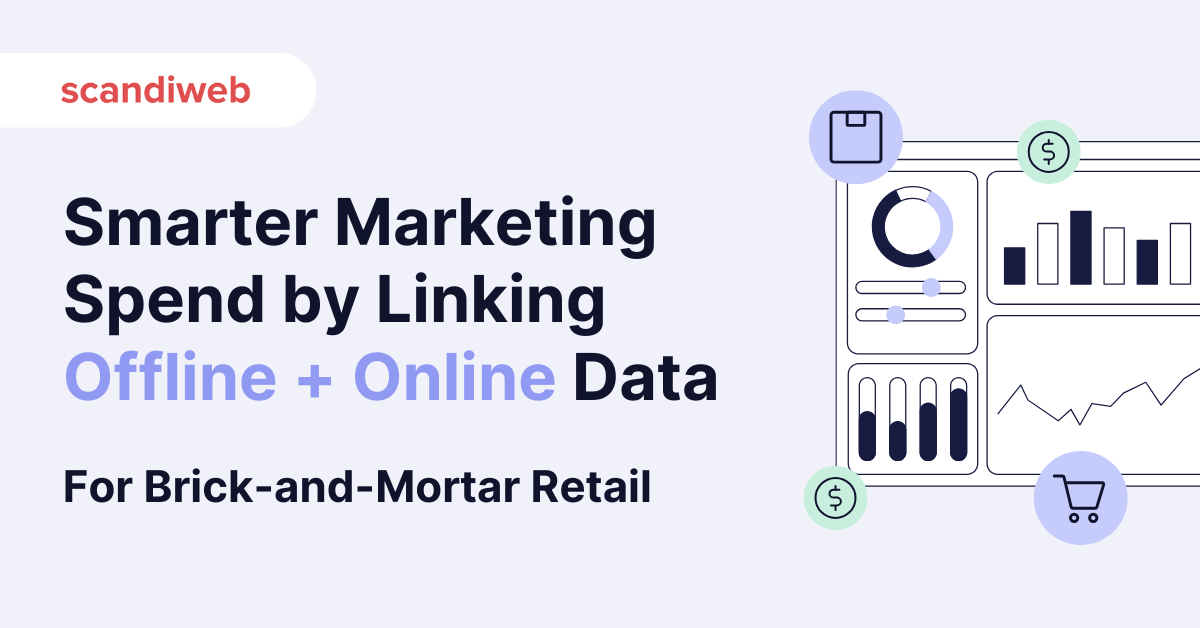

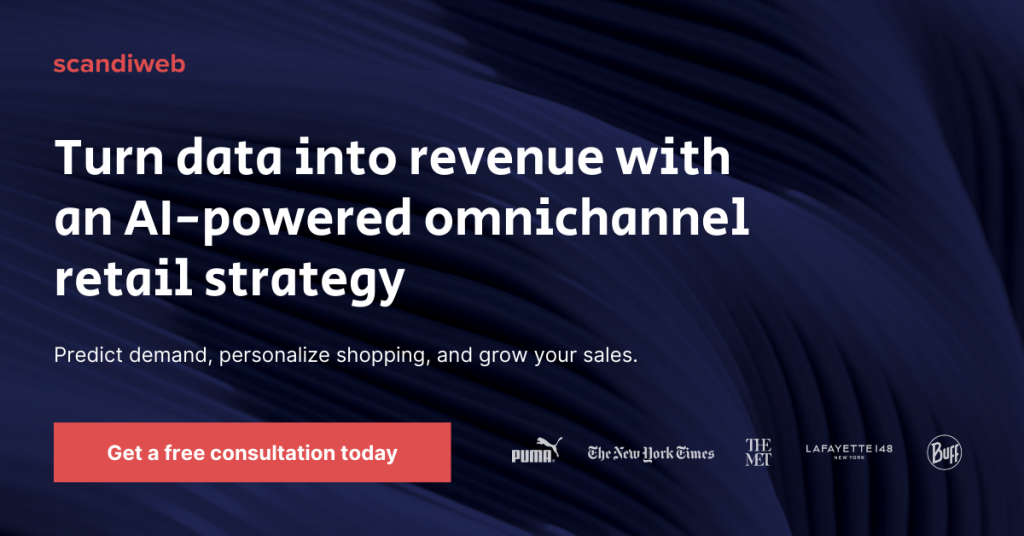

Share on: